The Sony WH-1000XM6 are undeniably some of the finest headphones I’ve had the pleasure to listen to in 2025. After testing them extensively for over a month, I’ve been thoroughly impressed by their outstanding noise cancellation, exceptional sound quality, and stunning foldable design.
Nonetheless, the WH-1000XM6 must outperform a host of impressive competitors from various brands, including Sony itself. As TechRadar’s audio-centric Reviews Writer, I’ve made it my mission to evaluate how the XM6 stacks up against the competition in side-by-side tests. I compared them to headphones from Bose, Sonos, and Bowers & Wilkins, as well as the two most recent models preceding the Sony WH-1000XM6.
I’ll outline the advantages and disadvantages of choosing each model and ultimately determine whether investing in the Sony WH-1000XM6 is worthwhile compared to its competitors. We’ve conducted more detailed comparisons as well, which you can find linked at the end of each section. But for now, let’s discover which headphones merit your investment…
1. Bose QuietComfort Ultra Headphones
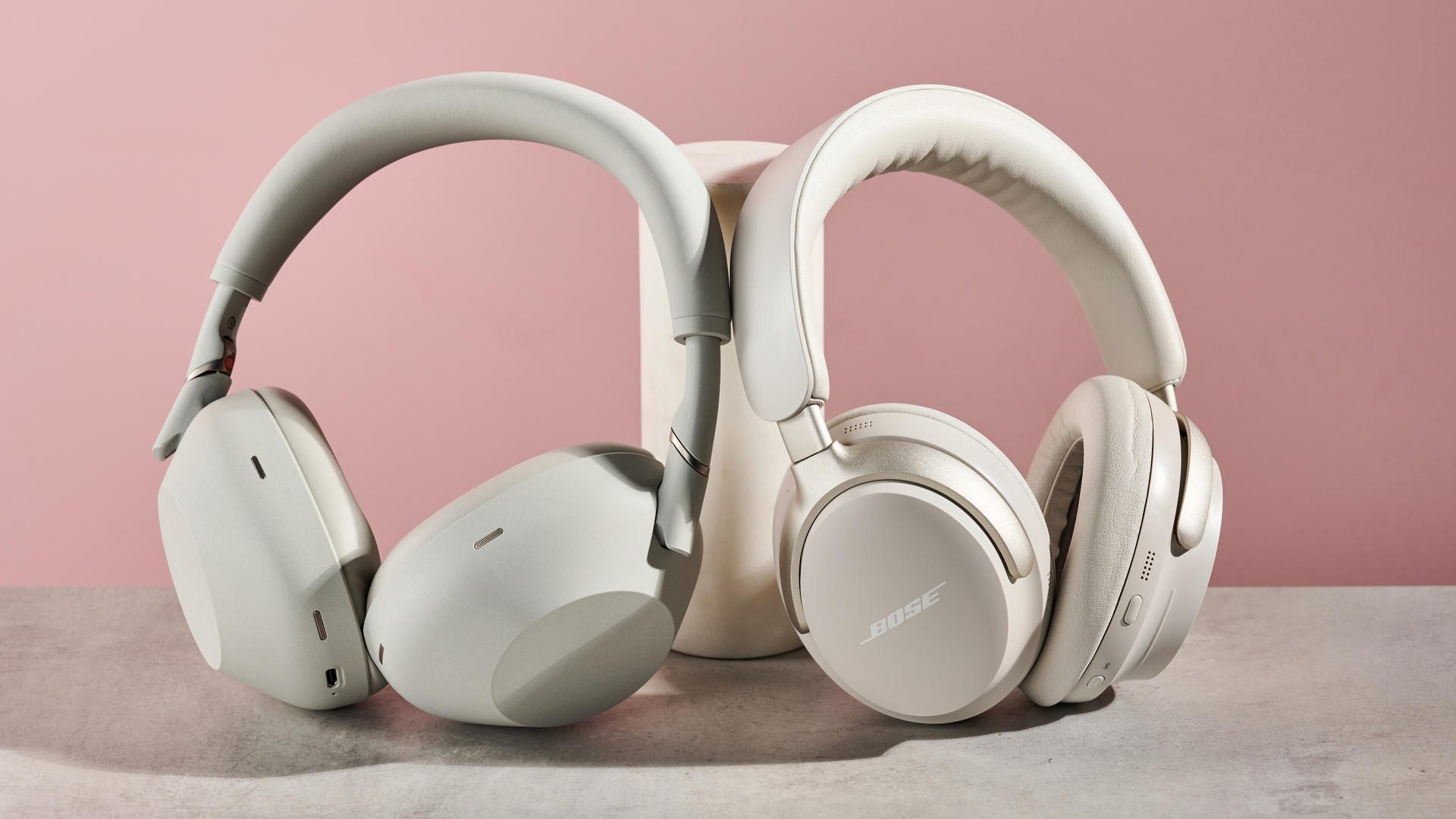
Upon their release, the Bose QuietComfort Ultra Headphones were praised as some of the best noise-cancelling headphones available. And rightly so. Almost two years later, they still provide outstanding ANC, a wide range of smart features, and impressive sound quality.
However, when I tested the QC Ultra side by side with the XM6, there wasn’t much I preferred about the Bose model. The XM6 actually boast superior noise cancellation due to their increased number of microphones and a cutting-edge QN3 HD noise cancelling processor that collaborates with AI to effectively eliminate surrounding noise. Additionally, I found the sound quality of the XM6 to be more balanced across frequencies and clearer.
Furthermore, I favor the XM6’s design – they present a sleeker, more modern look, feature fully functional touch controls, and come with a useful magnetic case instead of a zip-up one. With ANC activated, they offer 30 hours of battery life, significantly outlasting the not-so-impressive 24 hours of the QC Ultra. It’s apparent where my preference lies!
That said, the QC Ultra do hold their ground with some strengths, including customizable noise cancelling options, aptX Adaptive support, and their typically lower price tag when they’re frequently on sale. Overall, though, the XM6 seem to have notable advancements in almost every aspect compared to the Bose model, making them my preferred choice here.
Read our Sony WH-1000XM6 vs Bose QuietComfort Ultra Headphones comparison.
2. Bowers & Wilkins Px7 S3
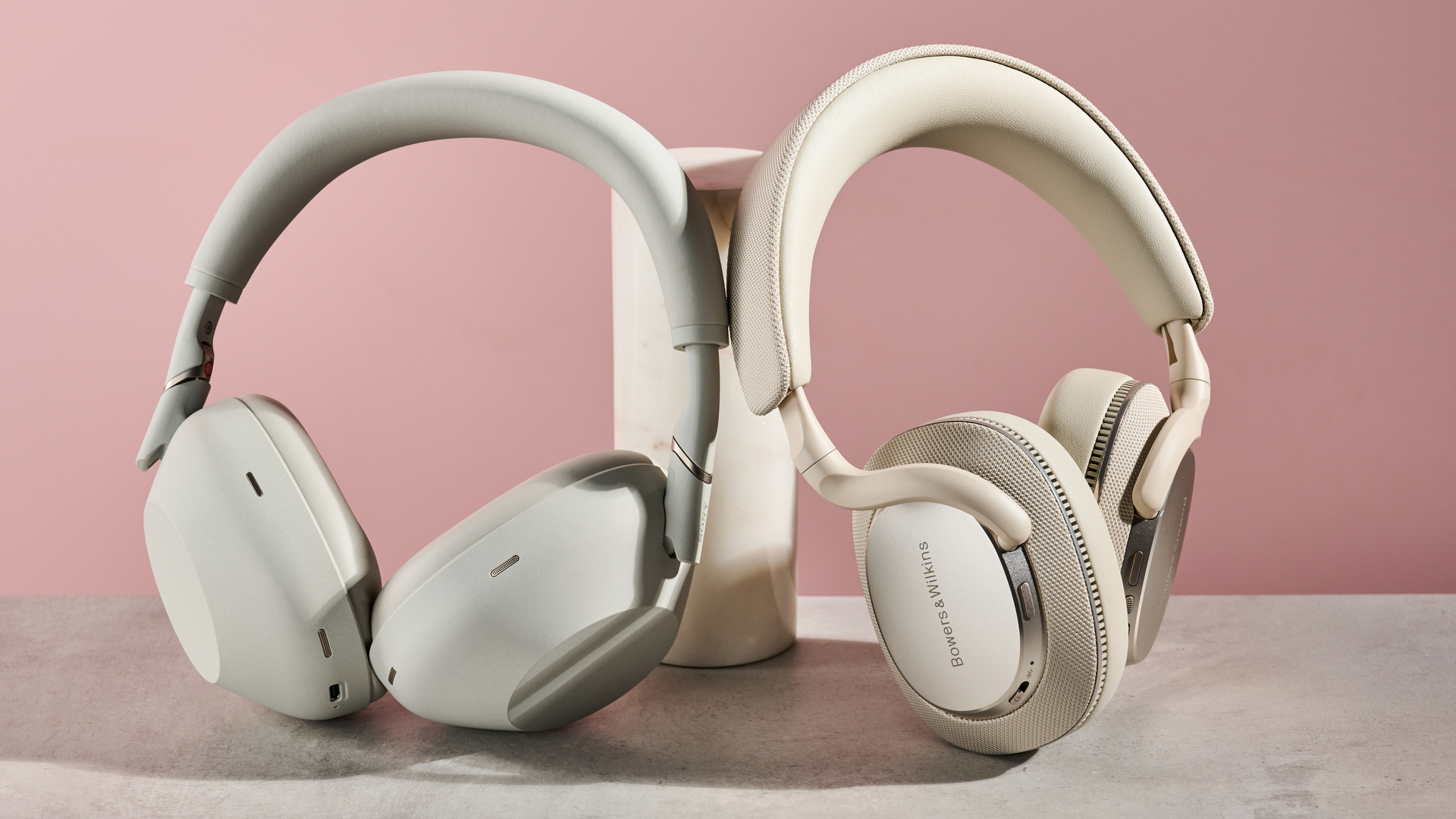
Now, here’s where things get more intriguing. Of all the headphones I’ve tested for an extended period (excluding the XM6, of course), the Bowers & Wilkins Px7 S3 stands out. Why? Simply because their sound quality blows me away.
When it comes to audio performance, I believe these are superior to the Sony WH-1000XM6. They deliver an impressively spacious sound that is incredibly immersive. These headphones excel at bringing vocals to the forefront of the mix, resulting in a highly expressive listening experience.
I would also argue that they have a more attractive design than the XM6, with elegant fabric on the earcups and headband that exudes luxury. The metal accents and appealing color options, such as Indigo Blue and Canvas White, are also very appealing.
However, I think the Px7 S3 aren’t quite as versatile as the XM6. While their noise cancellation is commendable and significantly improved over their predecessors, it cannot compete with Sony’s industry-leading performance. Moreover, they lack touch controls – which might be a welcome detail for some – while the XM6 boast intuitive, responsive touch features that are incredibly convenient when on the move.
Sony’s Sound Connect app outshines in features, offering options like scene-based listening, Find Your Equalizer, and a Cinema mode. However, more features like Auracast and spatial audio are on the way for the Bowers app, but updates are still pending, while Sony’s app is already robust.
Ultimately, I’d contend that the Bowers & Wilkins Px7 S3 are the better option if your primary focus is sound quality and you don’t mind sacrificing top-notch ANC or a wide array of modern features. However, for those seeking excellent over-ear headphones that cover all bases with a practical yet enjoyable design and sound, the XM6 remains the top choice.
Read our Sony WH-1000XM6 vs Bowers & Wilkins Px7 S3 comparison.
3. Sonos Ace
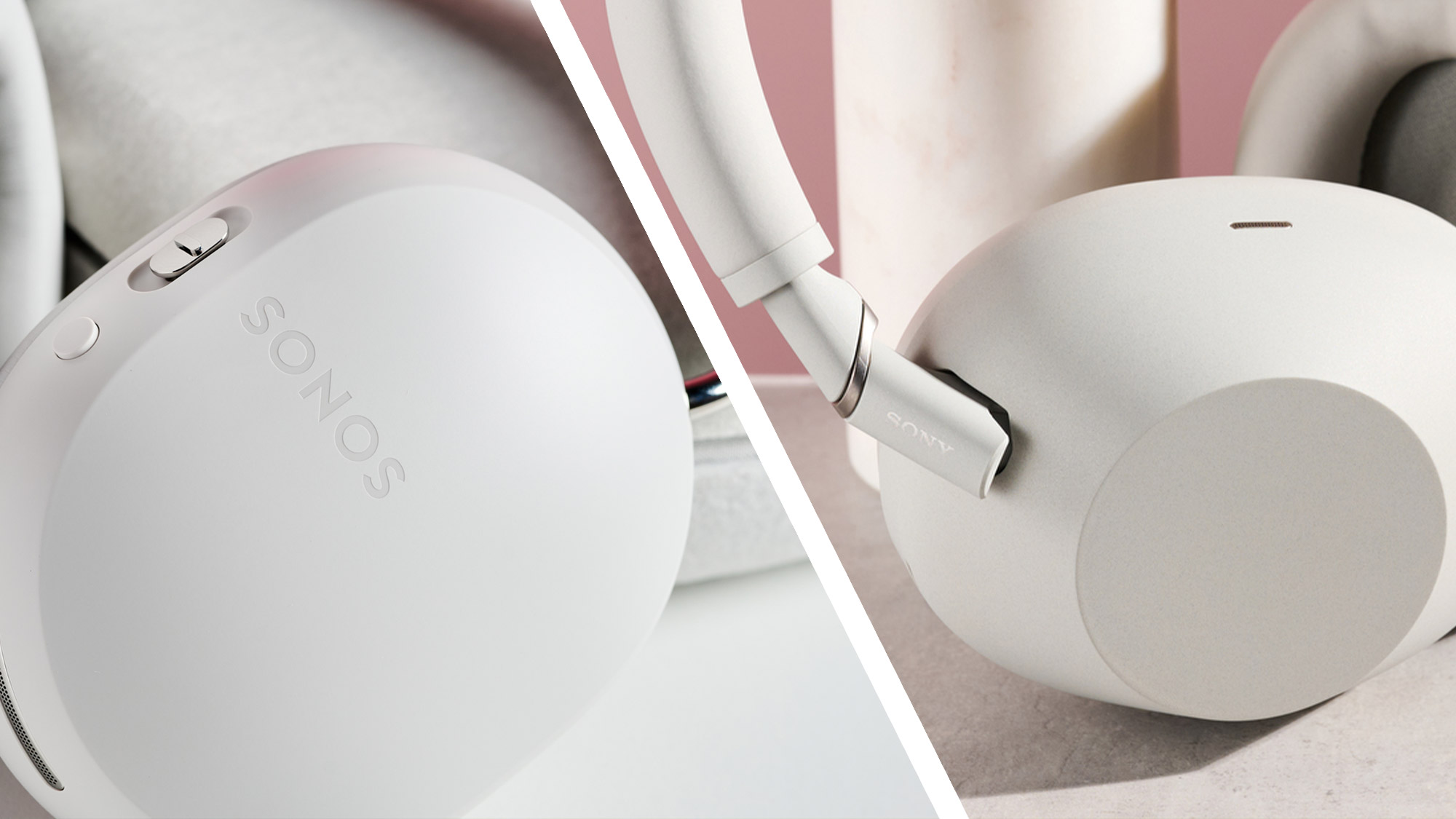
While the Sonos Ace headphones may not have reached the lofty expectations set at their launch, they still offer a solid listening experience. During my testing, I was impressed by their comfortable fit, lively sound profile, and sleek design.
What truly distinguishes the Sonos Ace from other headphones is their emphasis on an immersive audio experience for movies. The Ace excels in handling Dolby Atmos spatial audio and features impressive head tracking, making it a great choice for home cinema. Additionally, you can connect them to your Sonos Arc Ultra or other Sonos soundbars, allowing you to enjoy cinematic sound without disturbing anyone else in the house.
When it comes to movie experiences, the Ace stands out as a unique asset among headphones. While Sony has a Cinema mode that can enhance stereo signals, it doesn’t focus on this as much as the Ace does.
However, it’s important to acknowledge that Sony’s headphones outperform the Ace in many areas. The Sony WH-1000XM6, for instance, delivers more balanced and detailed audio for music. It also offers better active noise cancellation (ANC) and call quality. That said, Sonos has recently made updates to the Ace, improving both ANC and call performance among other features.
If you’re a film lover, the Ace might be the right choice—especially since they often go on sale for significantly less than their list price of $449 / £449 / AU$699. Otherwise, I’d recommend opting for the XM6.
Check out our comparison of the Sony WH-1000XM6 and Sonos Ace.
4. Sony WH-1000XM5
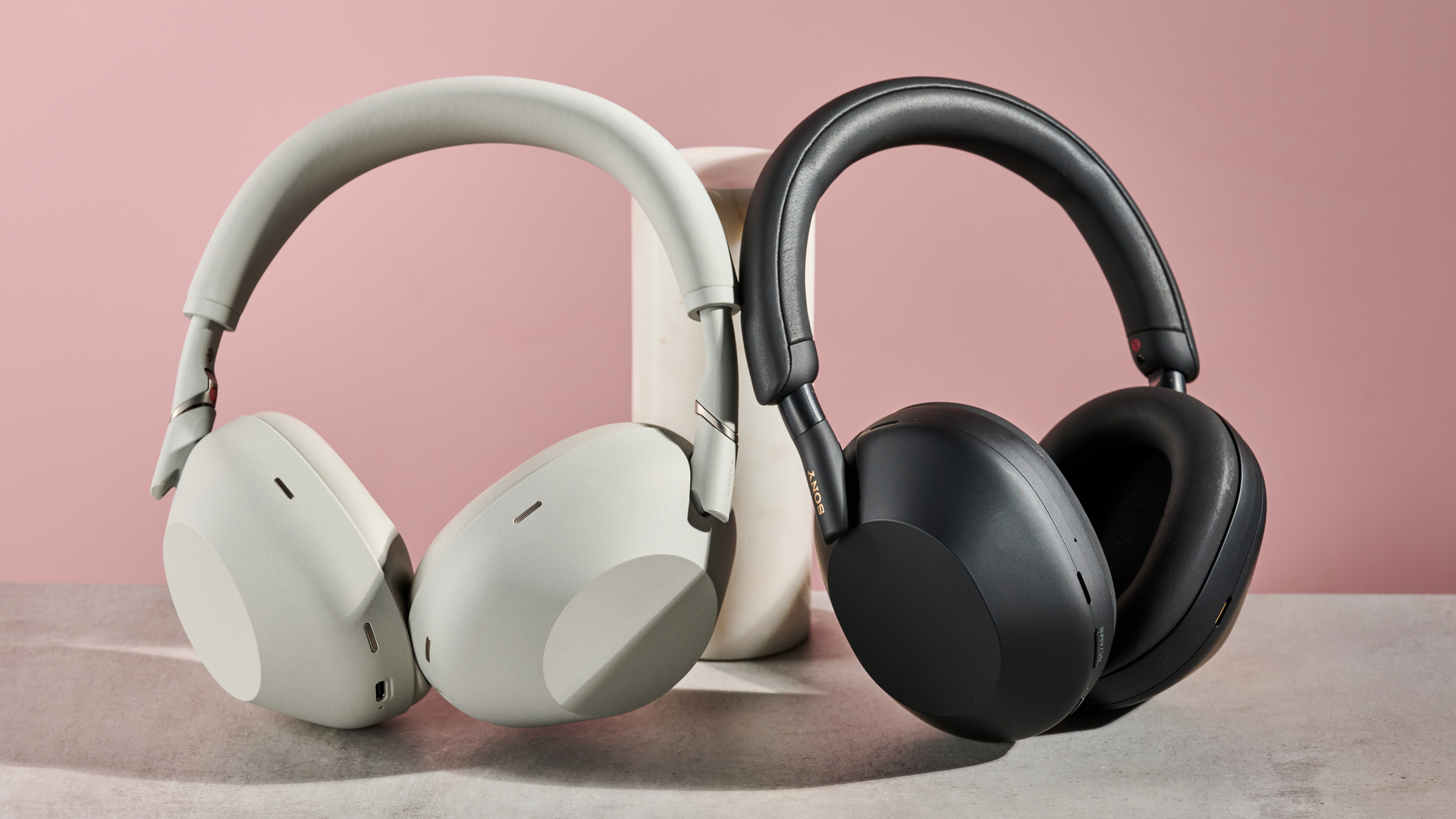
Now, let’s compare the XM6 directly with their immediate predecessor, the Sony WH-1000XM5. Personally, I would always choose the XM6 over the XM5, and here’s why.
The Sony WH-1000XM5 has some great aspects: excellent active noise cancellation, impressive bass, plenty of customization options, and a stylish design. However, I believe Sony made a couple of significant oversights with this model.
First, the XM5 does not fully fold, which disappointed many users at launch as it limits portability. Also, they didn’t introduce any major new features compared to the cheaper WH-1000XM4; instead, they refined what already existed. In contrast, the XM6 introduced features such as Auracast, scene-based listening, and the previously mentioned Cinema mode.
In terms of sound quality, I found the XM6 had a lighter emphasis on booming bass, providing a cleaner and more controlled low-end output. Moreover, treble clarity is slightly better, showcasing the XM6’s ability to maintain balance across all frequencies.
Additional small upgrades in the XM6 include a broader headband for added comfort, improved touch controls, and a magnetic carrying case, all of which enhance the overall experience. Although you can often find the XM5 around $300 / £250, the improvements in the XM6 justify the higher price, making them a notable step up from their predecessor.
Check out our comparison of the Sony WH-1000XM6 and Sony WH-1000XM5.
5. Sony WH-1000XM4
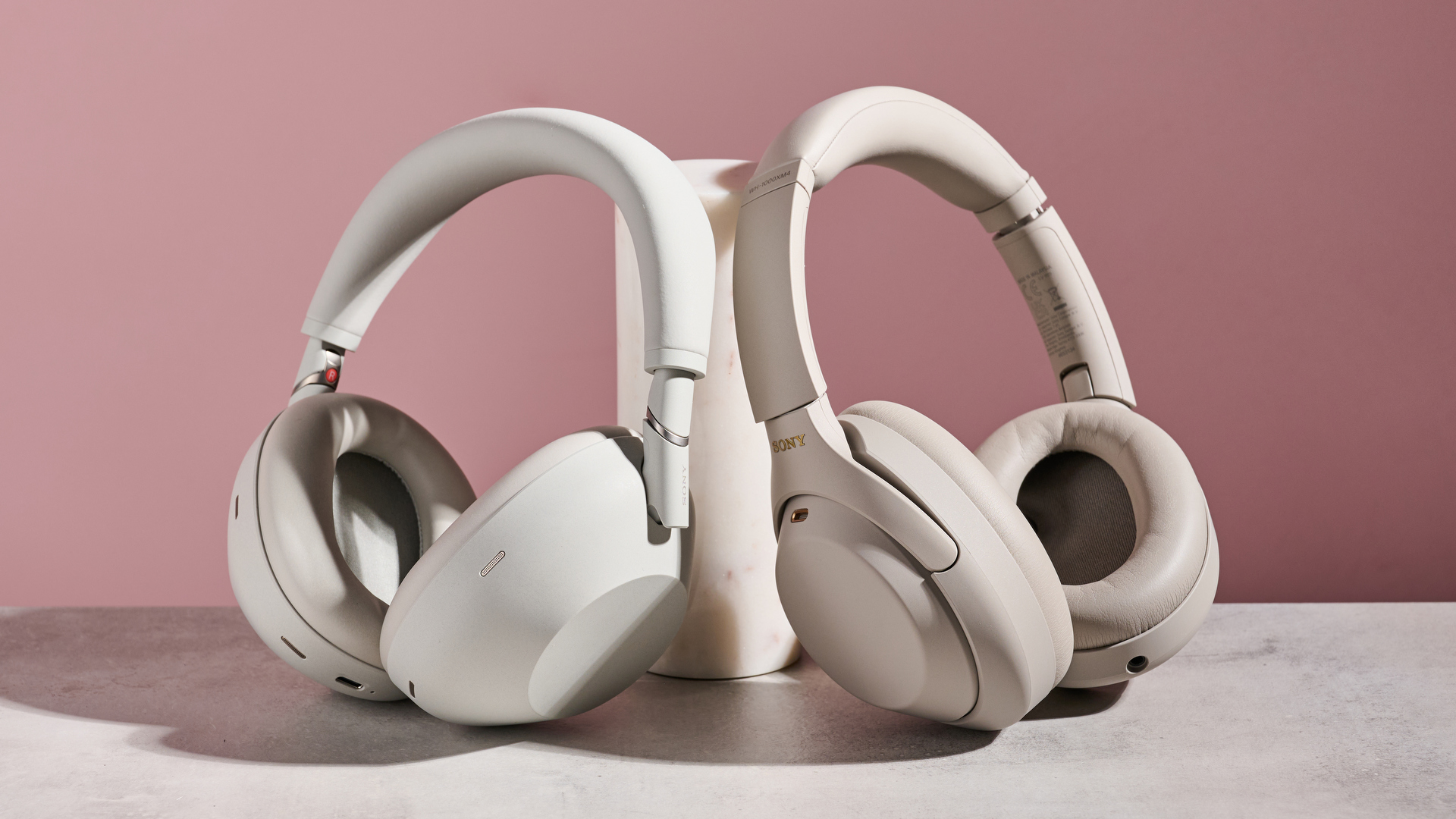
Let’s take a step further back and discuss a pair of headphones that have become legendary—the Sony WH-1000XM4. Even though they’ve been around for five years, they remain a strong contender against their newer successor, the WH-1000XM6.
Much of the acclaim received at launch still holds true. They offer excellent noise cancellation, impressive sound quality, bolstered by LDAC and DSEE Extreme upscaling, and they can fold up for easy storage. For a long time, they were the best headphones Sony had to offer, though I believe the XM6 has now surpassed them.
The XM4 may have been impressive at launch, but they can’t match the XM6’s advanced noise-cancelling capabilities, which are powered by 12 microphones. I also prefer the sound profile of the XM6. Their balanced audio performance is enhanced by Sony’s ‘noise shaper’ technology that improves digital-to-analog conversion and minimizes sudden sound fluctuations.
Additionally, the XM4 have a bulkier design compared to the sleeker profile of the XM6. Furthermore, call quality suffers a bit, as voices may not come through as clearly in noisy settings.
That said, the XM4 still hold their own as a good choice, particularly when considering their price in comparison to the XM6. You can typically find the XM4 priced around $220 / £199 / AU$399, which is about $200 / £200 / AU$300 less than the XM6.
So, if you’re on a budget, the XM4 is a solid option with sound quality that meets modern standards, offering great value for your money. However, if you can afford it, the XM6 is undeniably the better option—with impressive ANC and exceptional sound quality that’s hard to resist.
Check out our comparison of the Sony WH-1000XM6 and Sony WH-1000XM4.


